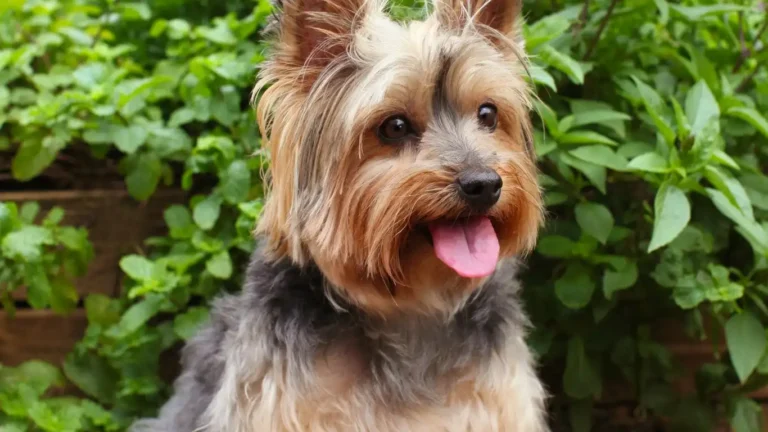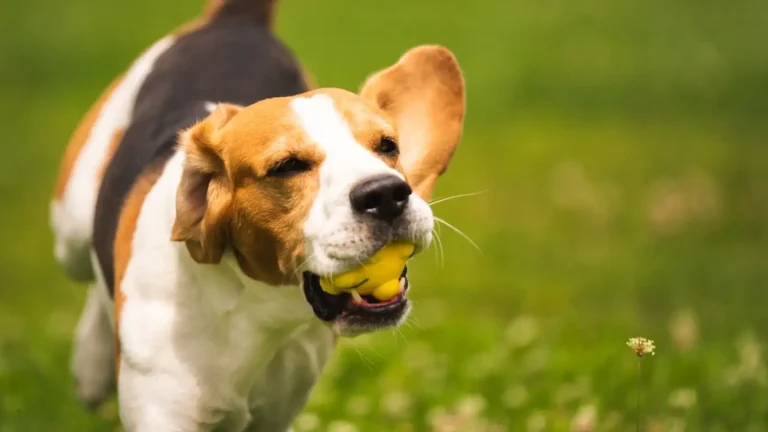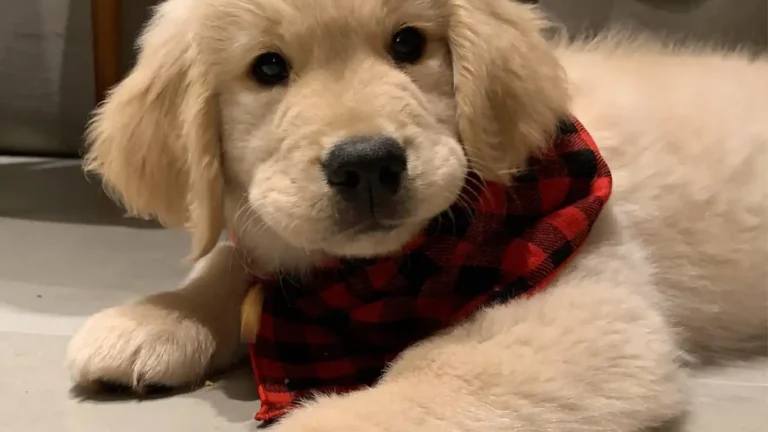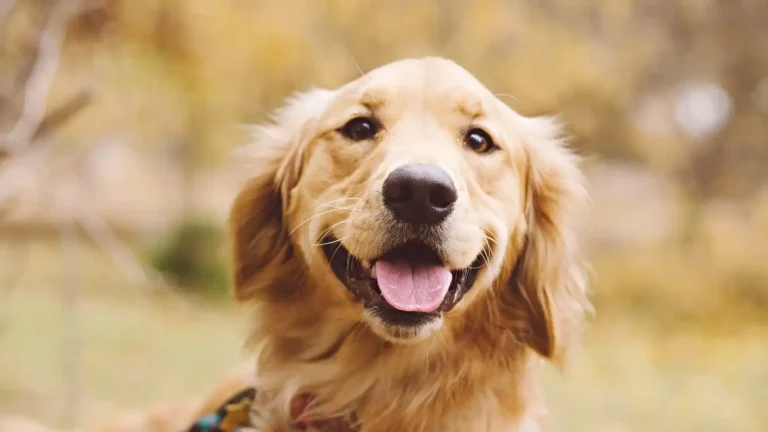Teach Your Dog to Play Gently: Simple Tips That Actually Work
If you’re wondering how to teach your dog to play gently, you’re not alone. As a vet tech who specializes in nutrition (and has cleaned more than my fair share of puncture wounds thanks to overexcited play sessions!), I’ve seen firsthand how teaching gentle play can prevent injuries, reduce anxiety, and build trust between dogs and their humans. Whether you’ve got a brand-new puppy with razor teeth or an adult dog who thinks playtime means full-contact wrestling, don’t worry — with some patience, consistency, and a few tricks from someone who’s been in the trenches, you can absolutely shape safer play habits.
Why Play Style Matters
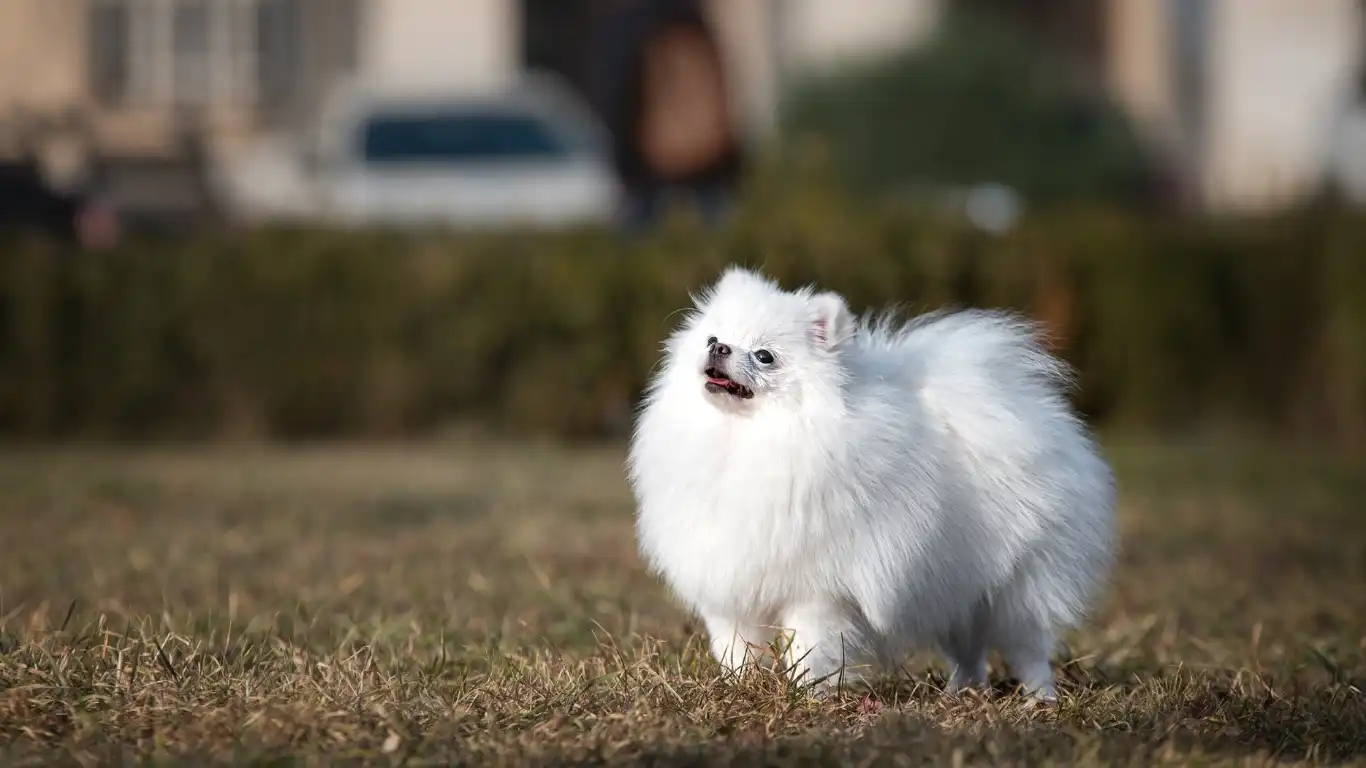
Dogs use play to communicate, bond, and burn off energy. But without boundaries, what starts as fun can quickly spiral into over-arousal — especially in multi-dog homes or with children involved. I’ve seen gentle giants forget their size and tiny terriers get snappy because they’ve never learned to manage their excitement. It’s not about being a “bad dog” — they just need to be shown *how* to play right.
Teaching gentle play isn’t just about manners, either. It’s about safety, emotional regulation, and trust-building. Plus, it’s way easier to redirect rough behavior early than to correct a full-blown problem later on. I always say: it’s not just about avoiding a bite, it’s about creating a calm, respectful play culture your dog can thrive in.
Start With the Right Mindset
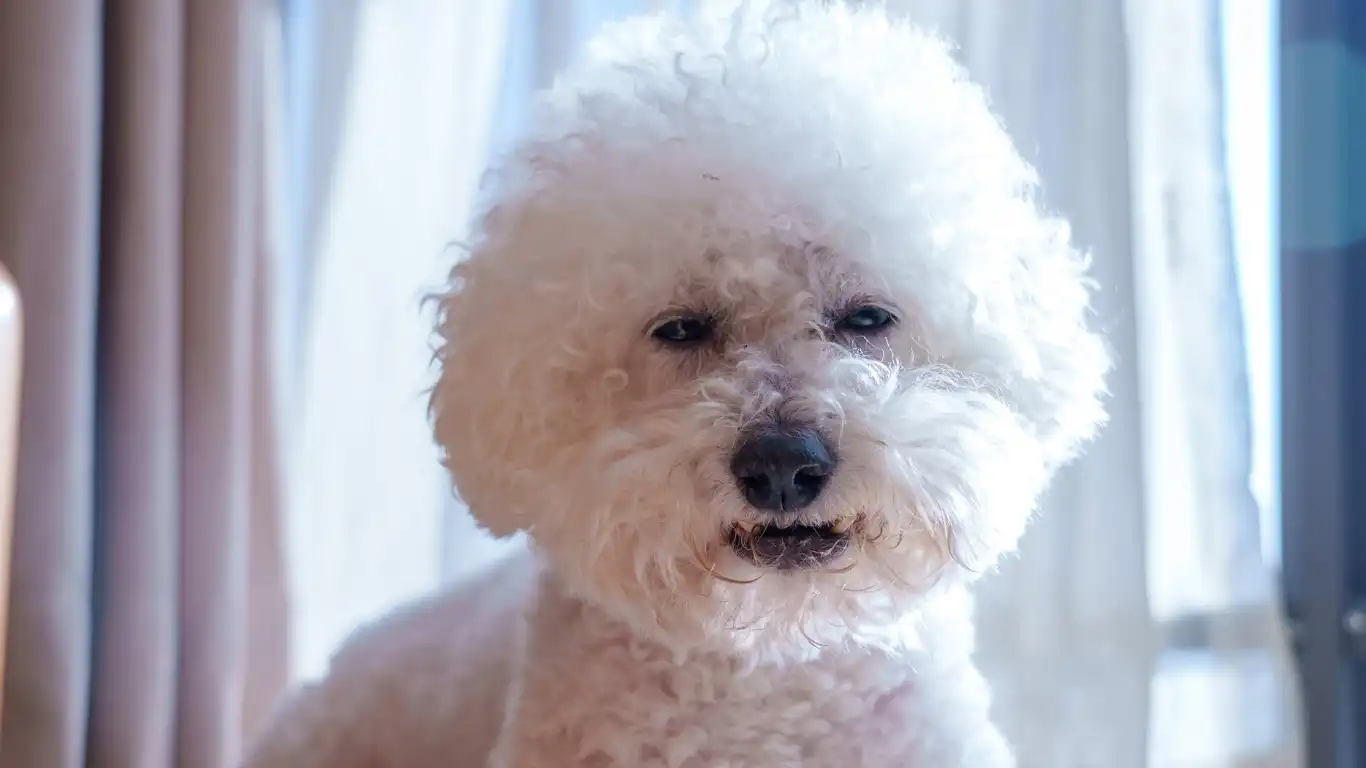
Understand Your Dog’s Play Language
Before you can teach your pup how to play gently, you’ve got to understand what they’re trying to say. Dogs play using body language — bows, bounces, soft eyes, relaxed mouths — but signs of overstimulation like stiff posture, hackles up, or hyper-focused stares can mean they’re tipping into too-excited territory. I’ve had clients say, “But his tail is wagging!” while missing that the dog’s body was rigid and his eyes were wide. Subtle stuff, but so important.
Keep Sessions Short and Sweet (at First)
One of my biggest pieces of advice? Don’t wait until your dog is wired to stop the game. In my clinic and at home, I’ve seen amazing results just by keeping play sessions short — like 5–10 minutes. That’s long enough to burn some energy, but short enough to avoid tipping into chaos mode. Watch their cues. If they’re getting mouthy, jumpy, or overly vocal, it’s time to pause, redirect, or switch to a calming activity like sniffing or gentle training.
Practical Tips: Teaching Gentle Mouth and Body Play
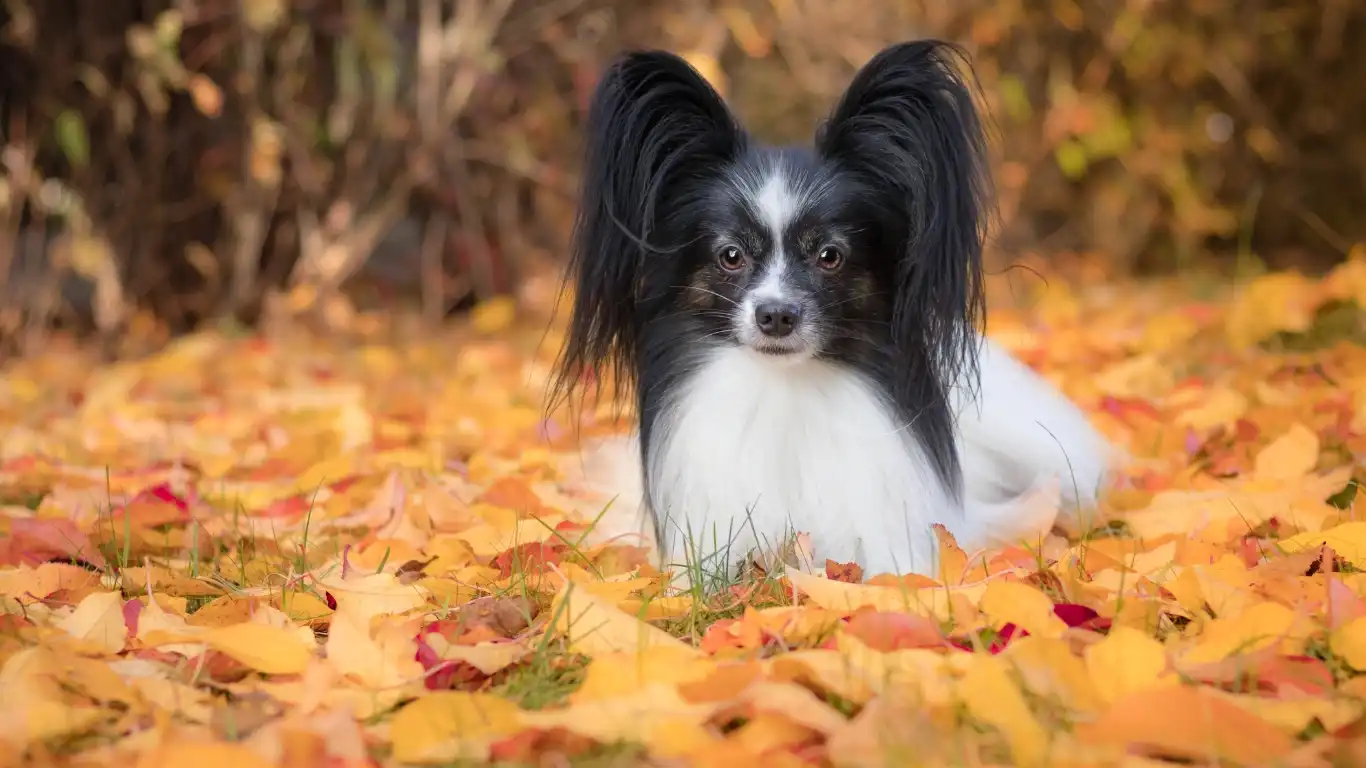
Use Toys, Not Hands
This one seems obvious, but it’s a biggie. If your dog thinks hands are toys, they’ll keep nipping them — especially puppies! Always use a designated toy during play, and switch it up often so it stays exciting. I keep a toy basket by my couch, and every dog I’ve fostered learns real fast: teeth go on toys, not skin.
Teach the “Gentle” Cue
This is my favorite little trick. Hold a treat or toy and say “Gentle” in a calm, soft tone. If they grab roughly, hide the item and try again. When they take it with a soft mouth, praise like crazy. Dogs catch on fast when the good stuff only happens when they’re careful. I taught this to a high-energy boxer mix once, and within two weeks she was taking things like a little grandma.
Mark Calm Behavior Consistently
Whether you’re using a clicker or just a verbal “yes!”, marking and rewarding calm, gentle behaviors consistently builds great habits. I like to keep treats handy during playtime just for this. The moment my dog backs off a little, chooses a toy over my sleeve, or calms himself mid-play? Jackpot. Timing really matters here — you want to catch the good stuff the second it happens.
- Always redirect roughness, never punish it.
- Use your voice and posture to communicate — soft and low to de-escalate, upbeat and high for fun.
- Let them “win” sometimes to keep engagement positive.
Watch Your Own Energy
Honestly, this is a lesson I had to learn the hard way. If I come in like a tornado, my dog matches that intensity. But if I keep my tone and movements slow and intentional, the play stays chill. I used to hype my dog up with roughhousing before work — now I realize I was setting him up to be overstimulated all day.
Consistency Is Your Best Friend

Okay, real talk — you could have the best treats, the coolest toys, and the most patient heart, but if you’re not consistent, your dog’s gonna get mixed signals. I’ve worked with pet parents who do all the right things *sometimes*, but then wrestle or roughhouse with their pup the next day. And guess what? Their dog stays confused. It’s like saying “play gently” one moment and then letting them tackle you the next. Dogs love routine, and consistency gives them a clear roadmap.
So here’s my go-to rule: be boring when they’re wild, be fun when they’re chill. That means calmly turning away or walking off when play gets too rough — zero drama — and instantly re-engaging when they relax or redirect. I promise, with repetition, your dog will figure it out. They’re smart like that.
Managing the Environment for Success
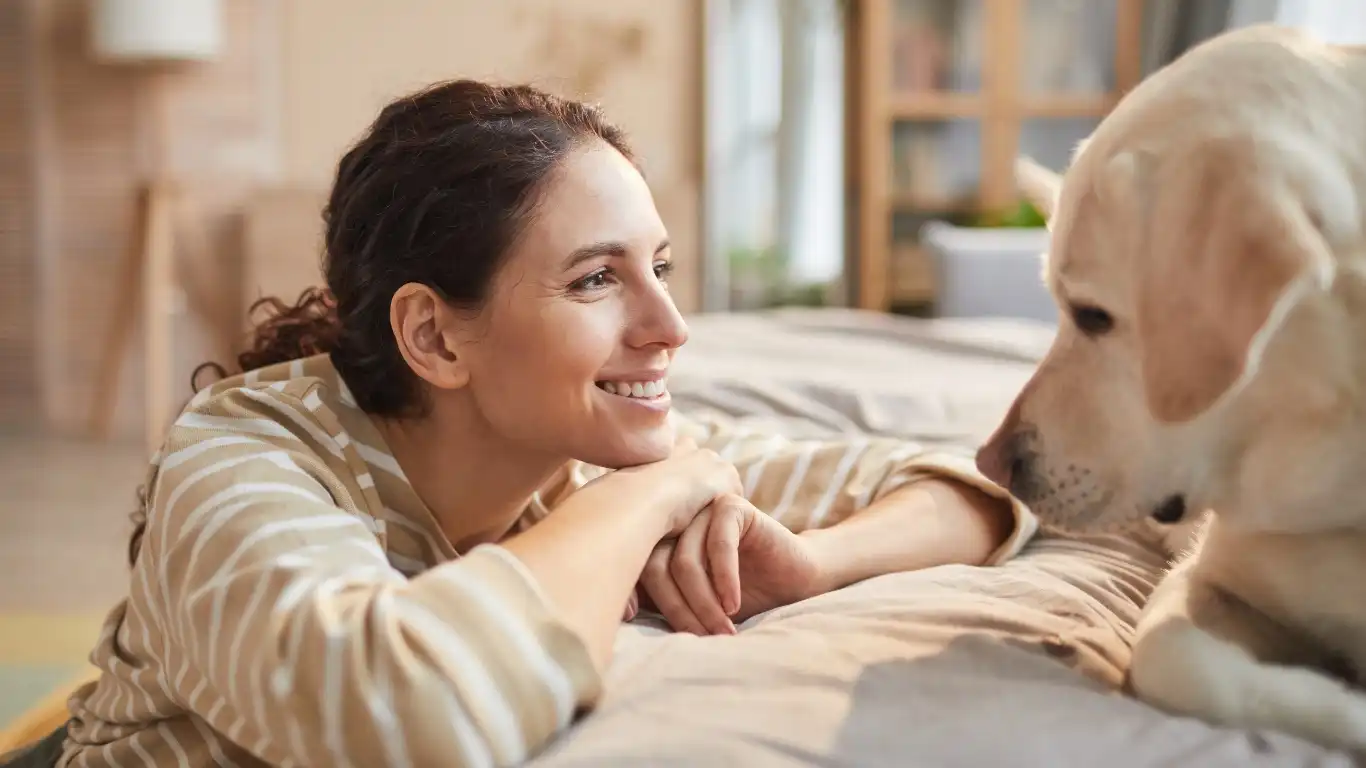
Set Up for Calm, Not Chaos
Let’s be honest, some environments practically *invite* rough play. Slippery floors, tons of noise, lack of mental stimulation — all of that ramps dogs up. When I work with clients, the first thing I suggest is making the space more conducive to gentle interaction. That might mean tossing a rug down for traction, keeping background noise low, or rotating toys to keep things fresh but manageable.
And if you’ve got multiple dogs? Oh boy. Structured play becomes even more important. I like to schedule solo sessions with each dog, especially if one tends to get the others wound up. That way everyone gets to practice self-control without the pack pressure.
Use Breaks as a Tool, Not a Punishment
I’m a big fan of the “play-break-play” routine. It’s not a timeout — it’s a chance to reset. I usually cue a quick “sit” or “down,” reward, and then go right back to playing. Think of it like teaching them that taking a breath doesn’t mean the fun is over. Over time, breaks become part of the game, not a buzzkill.
- Use baby gates or pens for gentle separation when things escalate.
- Reward calm re-entry into play with treats or favorite toys.
- Keep play inside manageable areas so your dog isn’t zooming around like a racecar on espresso.
Involve the Whole Family (Kids Too!)

This is one of those EEAT moments — experience and trust really matter here. As someone who’s worked with dogs in homes and clinical settings, I’ve seen so many preventable accidents between dogs and kids. It’s rarely out of aggression — usually just miscommunication or too much excitement. That’s why I *always* recommend getting everyone in the house on the same page.
Teach kids to use quiet voices, avoid jerky movements, and never grab or tease. Show them how to toss toys, use treat puzzles, or just sit and chill with the dog. And model it yourself. When kids see adults using the “gentle” cue, pausing play, or praising calm behavior, they mirror it. Dogs notice this, too — and respond way better when the whole household plays by the same rules.
Games That Encourage Gentle Interaction
If you’re not sure what “gentle” play even looks like, try these easy games:
- Fetch with structure: Teach “wait,” “go get it,” and “drop.” Add in a sit between tosses for bonus calm points.
- Tug with rules: Tug can be amazing if done right. Use the “drop it” cue, reward with another tug or treat, and end the game if your dog gets too grabby.
- Find it: Hide treats around the room and let them sniff them out. Super calming, and it taps into natural behaviors.
- Gentle trick training: Try teaching “touch,” “shake,” or even “crawl.” These tricks give your dog mental focus and physical control.
Remember, the goal isn’t to stop your dog from being excited — it’s to teach them *how* to express that excitement in a way that’s safe, controlled, and respectful. It’s a learning curve, sure, but trust me — once it clicks, it’s pure magic.
When to Ask for Help
Look, not every dog gets it right away. And that’s totally fine. But if your dog seems overly reactive, gets aggressive during play, or just can’t seem to regulate themselves, don’t tough it out alone. Reach out to a certified trainer or behaviorist. As someone who works with these pros often in a clinical setting, I can say — they make a world of difference.
Sometimes what looks like rough play is actually frustration or stress. Or maybe your dog missed key socialization windows. Whatever the case, there’s help out there — and no shame in asking for it. I’ve referred clients to trainers and seen complete turnarounds in just a few weeks. You and your dog both deserve a play life that feels fun and safe.
Reinforcing Gentle Play Over Time
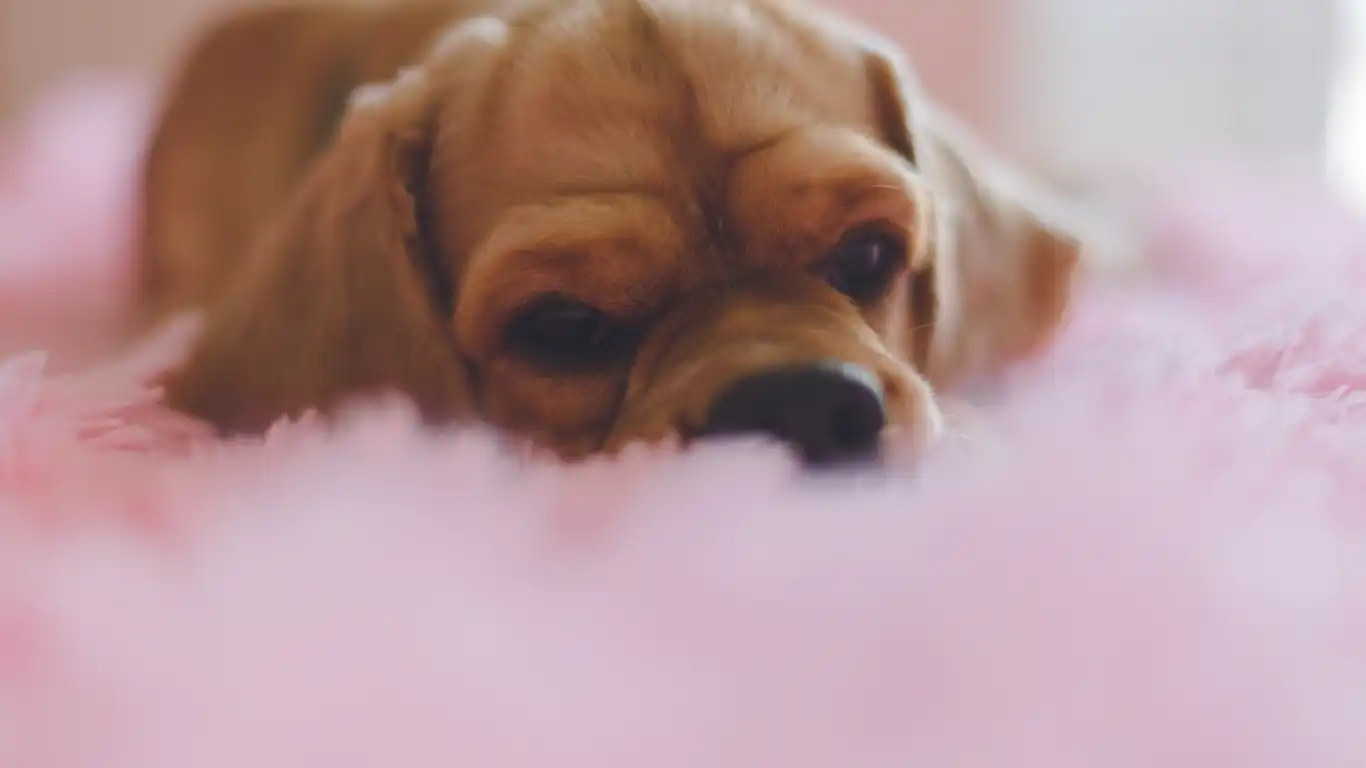
So you’ve been consistent, kept sessions structured, involved the whole household — and now you’re starting to see a difference. That’s amazing! But here’s the thing: dogs, just like people, can backslide. Maybe they get extra excited during a playdate, or you get busy and let a few rough moments slide. It happens. The key is reinforcement. Even once your dog’s playing nicely, keep rewarding those calm behaviors. It’s not a “train once and done” kind of thing — it’s a lifestyle.
I’ve seen this with my own clients. One pup I worked with, a sweet but rowdy shepherd mix, learned how to play gently within about a month. But after a few unstructured playdates with the neighbor’s dog, his mouthiness crept back in. No biggie — we just went back to basics for a week or two, and he was back on track. That’s the beauty of this kind of training: once your dog understands the foundation, a little refresher goes a long way.
Use Real-Life Rewards
You don’t always need treats to reinforce gentle play (though I won’t lie — I keep some in my pocket out of habit). Sometimes the best reward is more play, a favorite toy, or praise from their favorite person — you. For example, when your dog takes a toy softly or backs off when asked, that’s the perfect time to say “yes!” and re-engage. You’re showing them that calm, respectful behavior keeps the game going.
Watch for Triggers That Escalate Rough Play
Every dog has that one thing that sets them off. For some, it’s squeaky toys. For others, it’s fast movement or certain types of games. I had a rescue beagle who played like an angel — until we brought out the tennis ball. Then it was chaos. We switched to softer indoor balls and introduced more structured “fetch” rules, and it made all the difference.
- Monitor your dog’s arousal levels — signs like panting, zoomies, or intense focus can mean it’s time for a break.
- Keep a note of triggers and use them to build tolerance slowly and with structure.
- Don’t be afraid to change up games if something just isn’t working for your dog’s temperament.
Helping Dogs with a Rough Start

Not all dogs come into our lives with great play habits already installed. I’ve worked with plenty of rescue pups who never had healthy socialization, or who learned to play too roughly as a way to cope with stress. If that’s your dog, please know there is zero shame in that. It just means you need to move slower, be extra clear with your cues, and give them the grace to learn at their own pace.
One of my favorite cases involved a senior pit mix who had spent most of his life chained in a backyard. At first, he didn’t even know what play *was* — every movement was either timid or wildly over-the-top. But over time, with gentle redirection, structured games, and lots of love, he started to offer soft play bows and gentle nudges with his nose. It was beautiful to see. You’d never have guessed he’d been rough and reactive at the start.
Slow and Steady Wins the Game
If your dog has a rough past, skip the high-energy games at first. Start with training-based games, puzzle feeders, and calm sniff walks. Focus on building trust, not just obedience. As you form a bond, you’ll notice that your dog starts to naturally mirror your energy. That’s when the magic of gentle play really starts to happen.
Final Thoughts: Gentle Play Is a Lifelong Skill
Teaching your dog to play gently is about more than just avoiding nips and tumbles — it’s about building a relationship built on communication, trust, and emotional balance. As someone who’s spent years in vet clinics watching the consequences of miscommunication between dogs and people, I can say with total confidence: this work is worth it.
Be patient. Be consistent. And above all, keep playtime joyful and safe for everyone involved. Your dog isn’t just learning rules — they’re learning that they can trust you to guide them through this wild, wonderful world of being a beloved family member.
Resources & References
- https://www.aspca.org/
- https://www.avma.org/
- https://www.petmd.com/
- https://www.fearfreehappyhomes.com/
- https://positively.com/
Disclaimer
This article is intended for informational purposes only and does not replace professional veterinary advice, diagnosis, or treatment. Always consult with a certified trainer or your veterinarian before making changes to your dog’s behavior or training plan.

